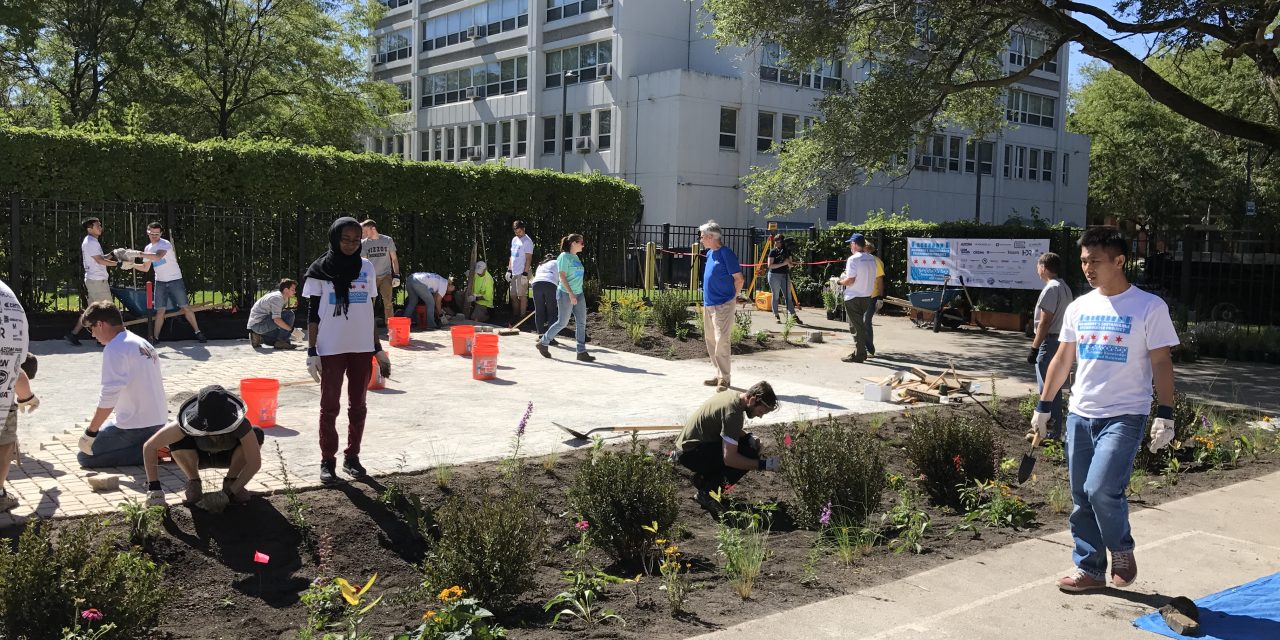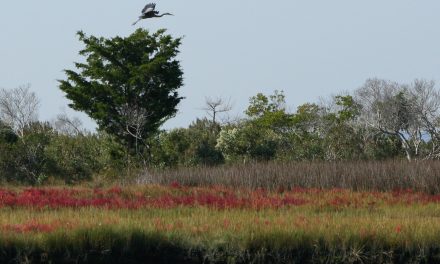The Water Environment Federation (WEF; Alexandria, Virginia) Stormwater Institute and its partners are launching a national-level initiative to improve asset management strategies for stormwater infrastructure. We want your municipality, utility, or research organization to be a part of it.
Existing information on asset management — the process of optimizing infrastructure performance by identifying defects, performing proactive maintenance, and budgeting for life-cycle costs — is robust for drinking water and wastewater infrastructure. However, best-practice asset management procedures are sparse for stormwater measures. As a result, many stormwater organizations lack applicable, data-backed guidance to keep their investments sustainable and cost-effective.
This 21-month project will aim to identify asset management information gaps that exist in the U.S. stormwater sector; produce tools, checklists, and guidelines to fill these gaps; and formulate a standardized approach to stormwater asset management applicable across climates and service area sizes. Alongside the WEF Stormwater Institute, project partners include Arcadis (Highlands Ranch, Colorado), and the National Municipal Stormwater Alliance (NMSA; Alexandria, Virginia).
“Within a city or municipality, stormwater infrastructure is scattered everywhere and includes a lot more than just pipes. Without knowing where everything is and what condition it’s in, it’s very challenging to manage,” said Rebecca Arvin-Colón, WEF Stormwater Institute Senior Manager. She added that enhanced approaches to asset management can extend the longevity of stormwater infrastructure as well as avoid costly service interruptions.
“The overriding benefit is real organizational savings through reduced borrowing costs, right-timed asset replacement, and reduced asset failures,” Arvin-Colón said.
Toward Standardization
The U.S. Environmental Protection Agency offers a list of ten generalized steps to build an asset management plan applicable to many different types of infrastructure. Several of these steps, however, are difficult to apply to stormwater infrastructure because of its highly situational and site-specific nature. The partnership’s work will aim to reconcile these mismatches, creating an approach by which stormwater organizations can develop practical asset management plans tailored to their needs.

Among specific project goals will be to devise common criteria and terminology to help infrastructure managers take stock of their existing assets as well as identify key performance metrics for each asset. The project also will produce tools that help users determine the inherent financial risks associated with each piece of stormwater infrastructure, currently a difficult task since no standardized, systematic long-term maintenance data collection procedures exist for many types of stormwater assets. Likewise, the project intends to define appropriate levels of service that infrastructure managers can use as performance targets, as well as identify informational needs to optimize operations and maintenance.
Results from the WEF Stormwater Institute’s 2020 MS4 Needs Assessment Survey underscore a pressing need among U.S. stormwater organizations for this type of information. Nearly 50% of respondents reported uncertainty regarding best practices for asset management. With about 2/3 of respondents describing aging infrastructure as their most significant challenge, robust asset management strategies are becoming even more important.
Become a Partner
Project administrators are currently seeking partners to help kickstart the initiative by providing data, feedback, and financial support. The total cost of the project is anticipated to be $125,000, with partnering organizations each investing $7,500.
Organizations who pledge an investment will play an active role in refining the scope of the research and reviewing its preliminary results. They will receive early access to all resources and materials produced as part of the initiative and be credited in the final products.
Several municipalities and utilities already have pledged their support for the project, including Austin, Texas; Fairfax County, Virginia; Gwinnett County, Georgia; and others.
“We feel there are many benefits to being part of the team, including firsthand interaction with your peers at other leading stormwater utilities and agencies, direct access to case studies and strategic stormwater asset management data that you can use as metrics for your own asset management programs,” said Mark Van Auken, Arcadis Stormwater Practice Leader. “Most importantly, it provides you an opportunity to be part of a national program that will drive needed improvement in the industry and help you optimize management and life-cycle costs of your stormwater assets.”
Interested organizations should contact Bianca Pinto, WEF Stormwater Institute Senior Manager, at bpinto@wef.org.
Learn more about the project by watching the video below:
Top image courtesy of Stevi Hunt-Cottrell/WEF

ABOUT THE AUTHOR
Justin Jacques is editor of Stormwater Report and a staff member of the Water Environment Federation (WEF). In addition to writing for WEF’s online publications, he also contributes to Water Environment & Technology magazine. Contact him at jjacques@wef.org.







